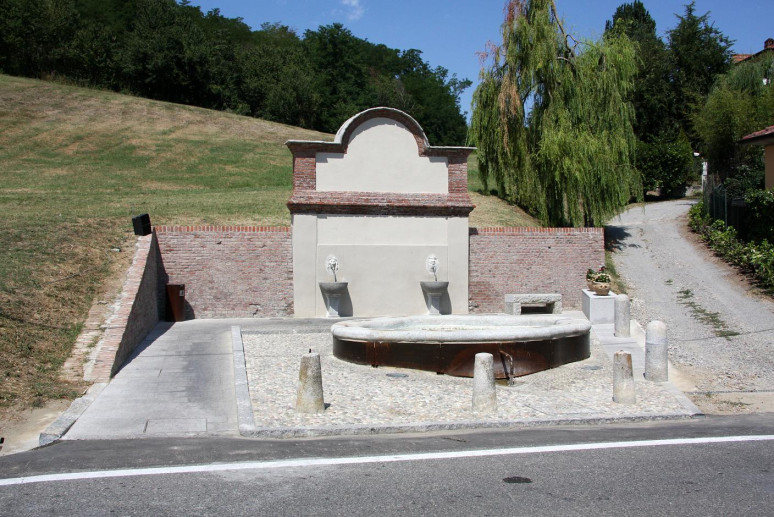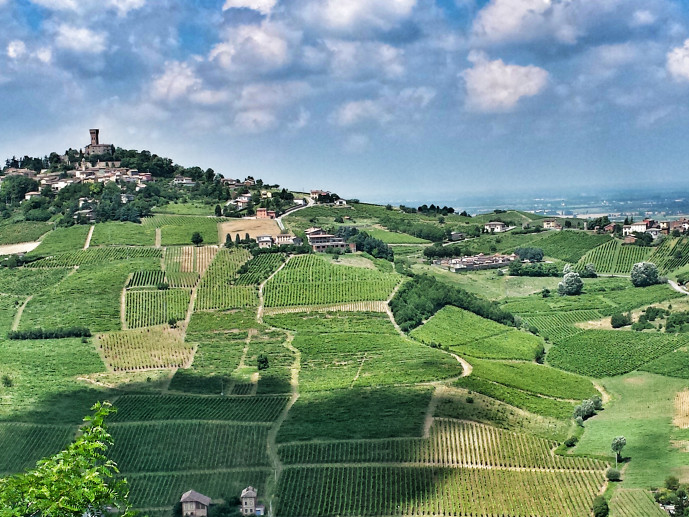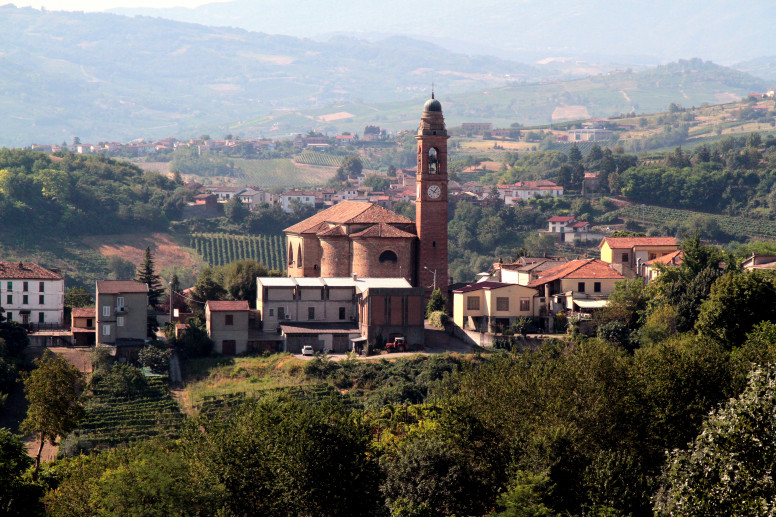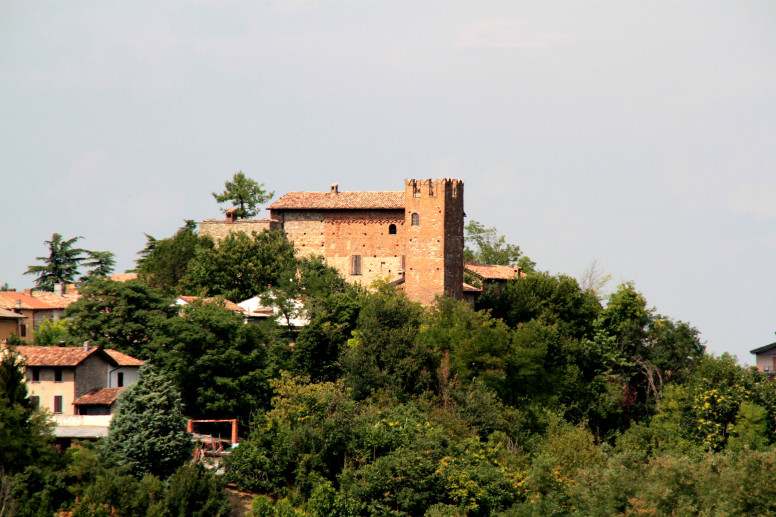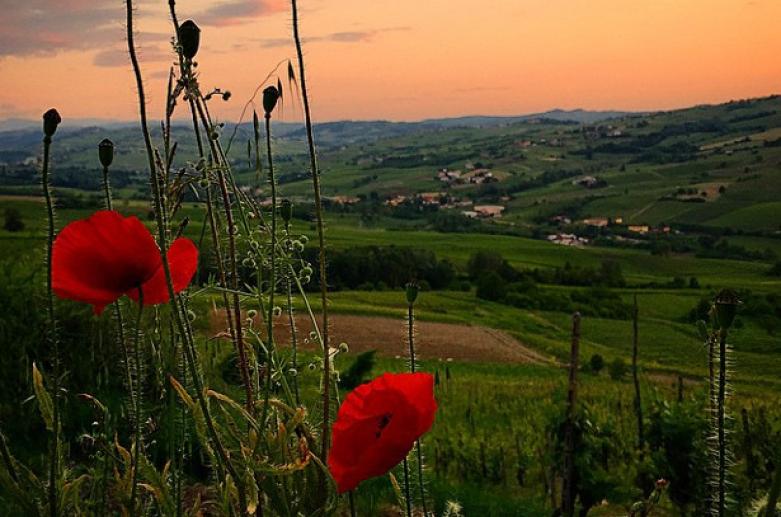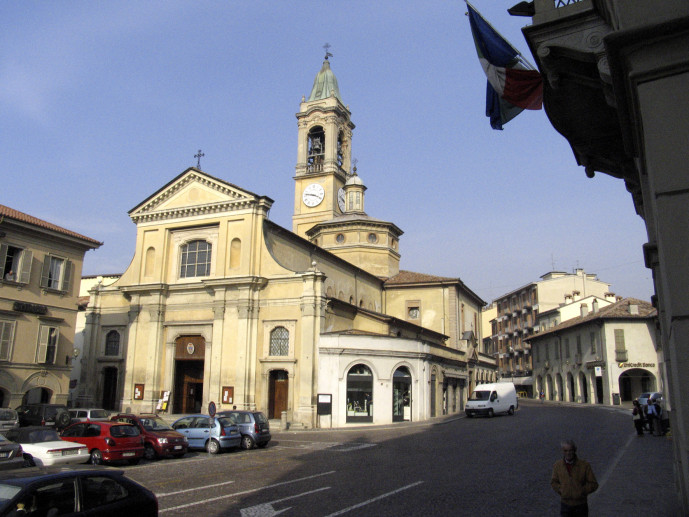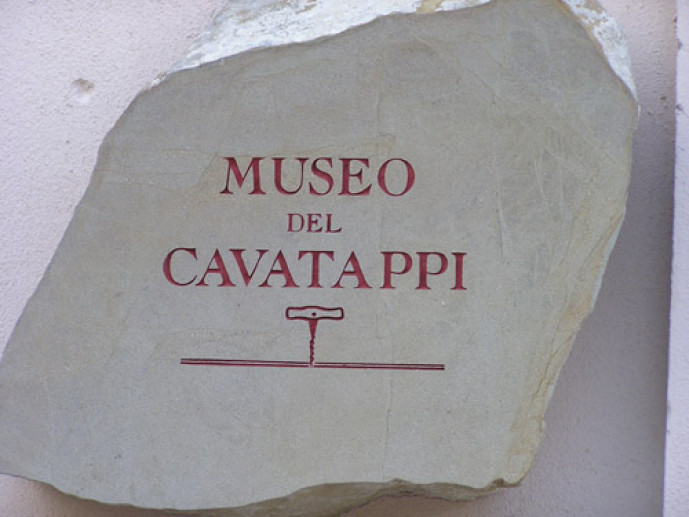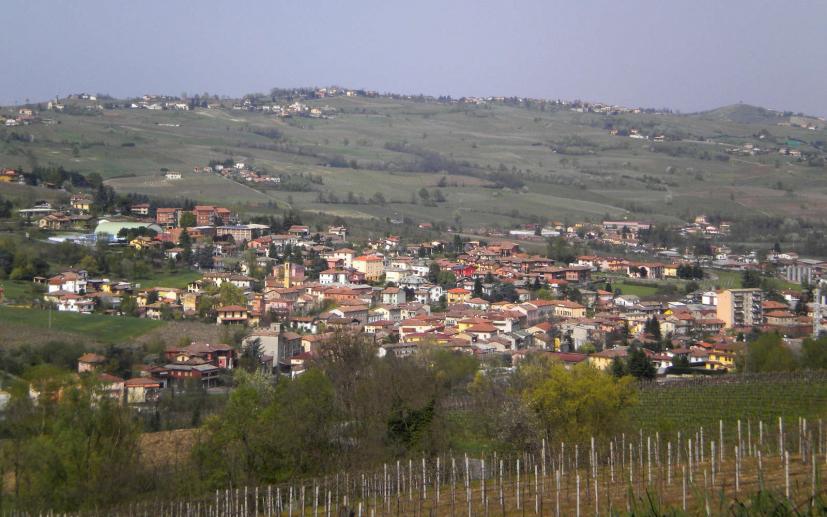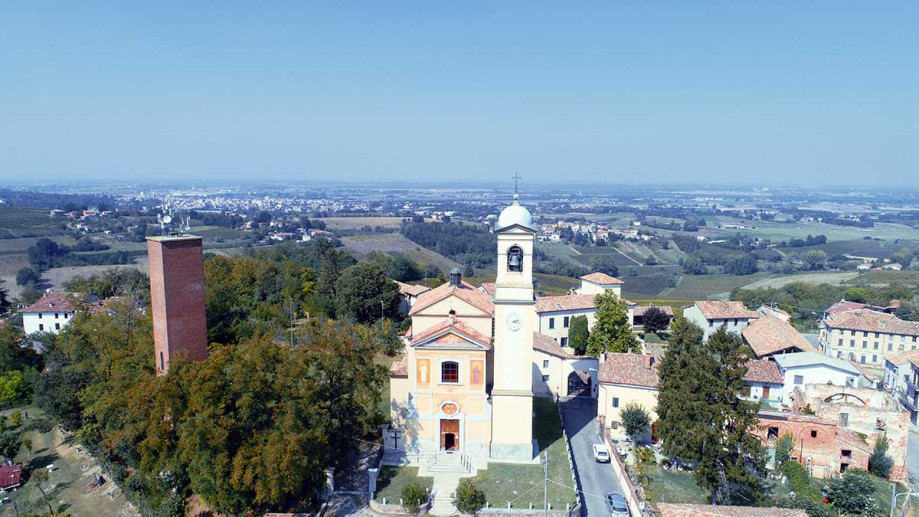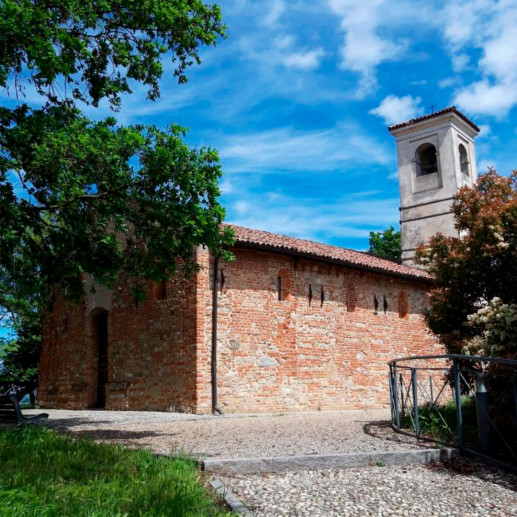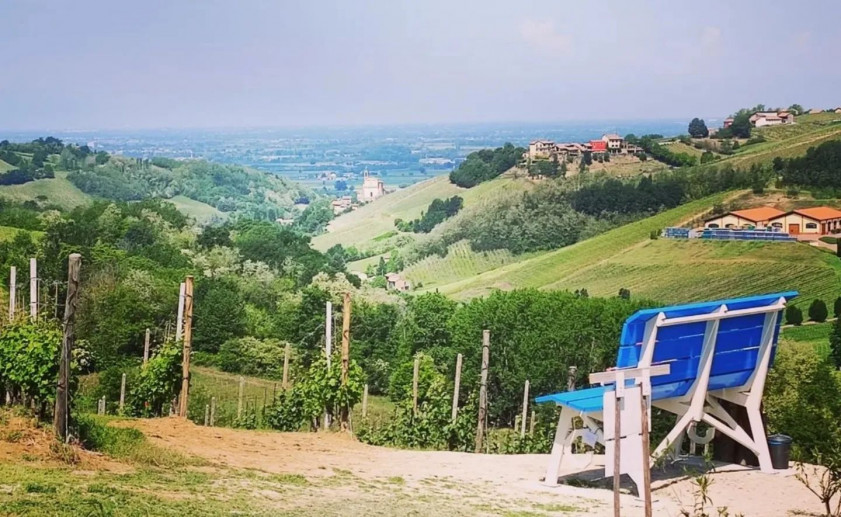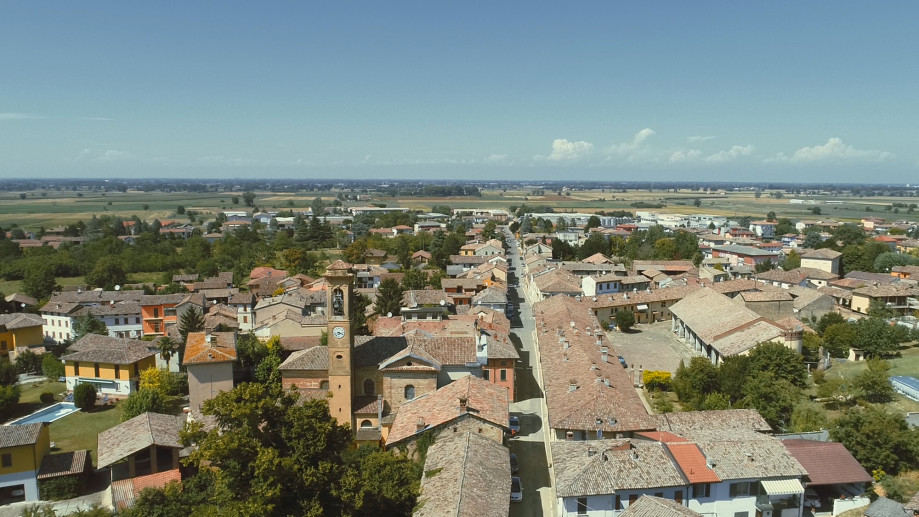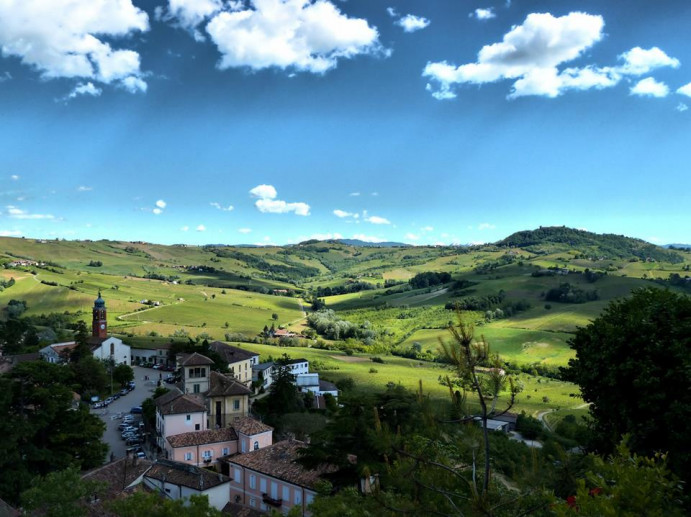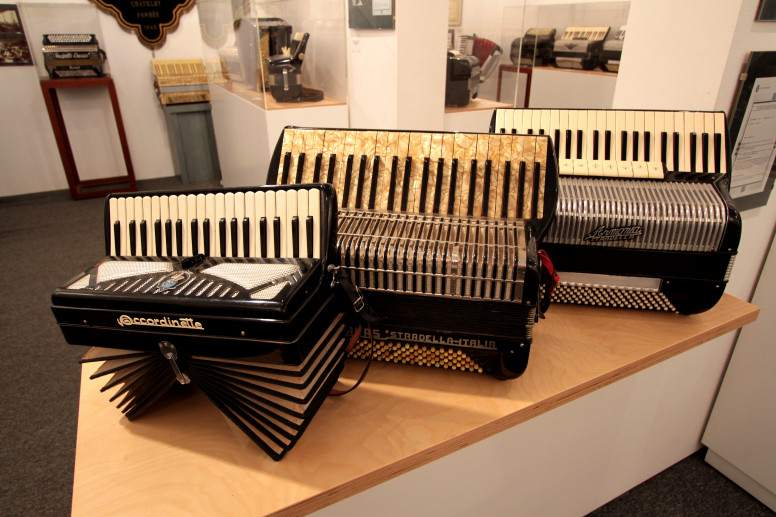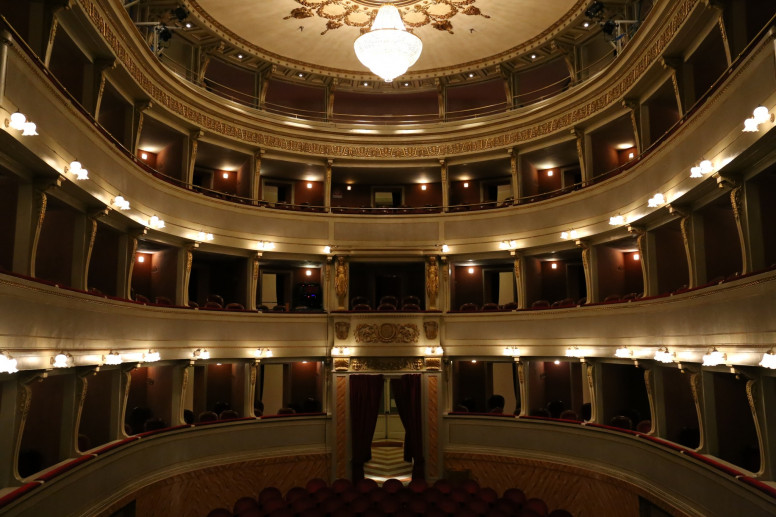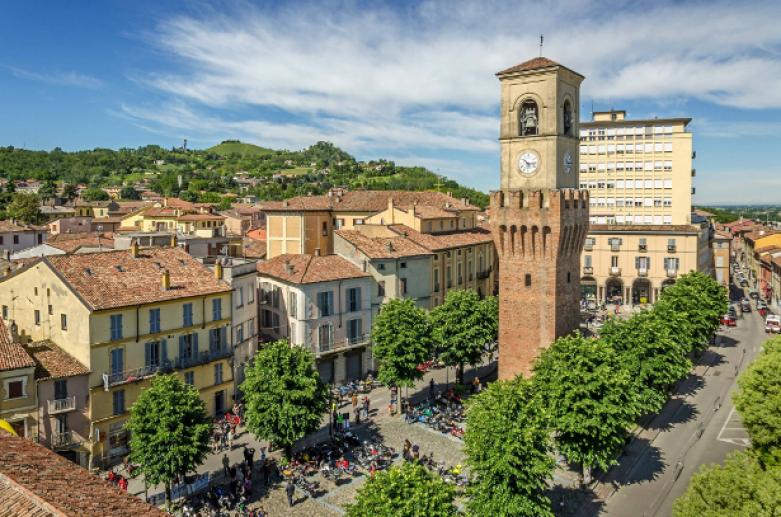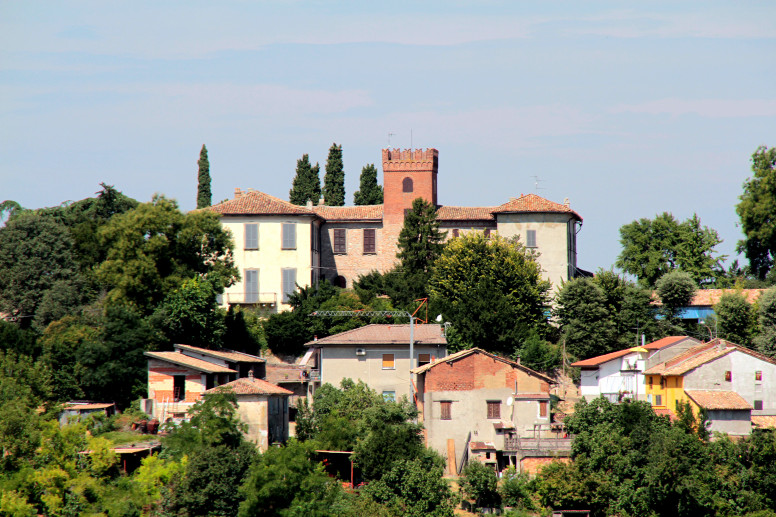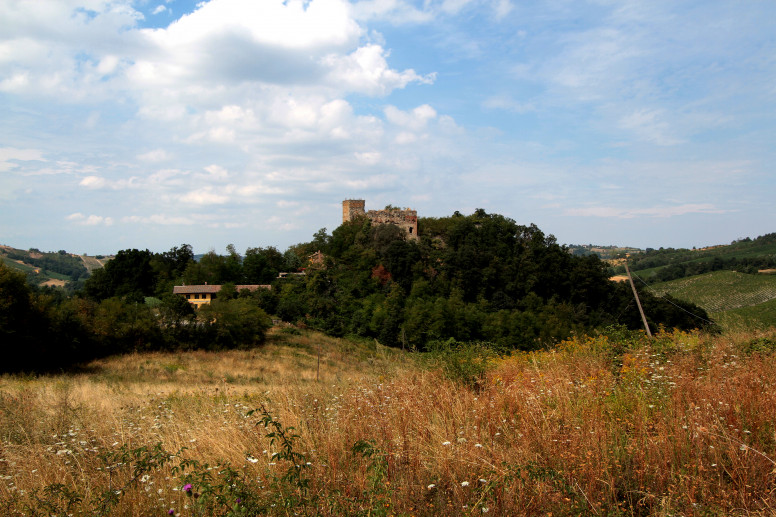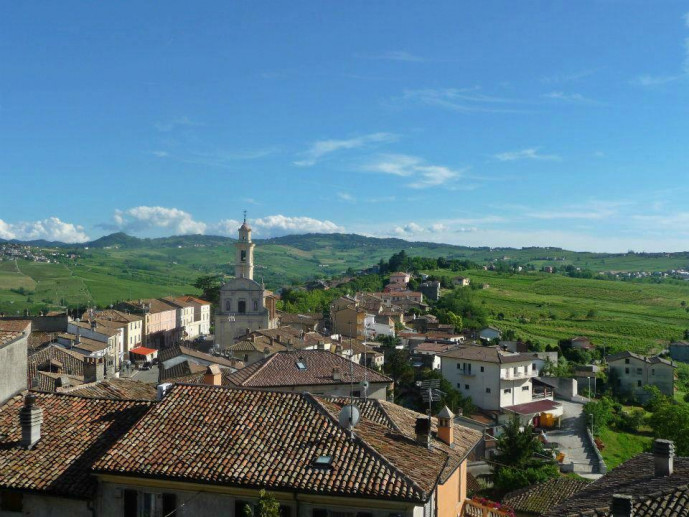- Villages
- Food & Wine
Castana
P
A town in the eastern Oltrepò, whose name originates from the chestnut groves that likely characterized the surrounding hills. Known in ancient times as castrum castanae (literally, the fortified center of chestnuts), Castana was already mentioned in Roman times as ad Castanem in the regional map compiled by the 19th-century historian Severino Capsoni.
Located 25 kilometers from the provincial capital, Castana is a small rural town nestled between the Val Versa and the Valle Scuropasso, at just under 300 meters above sea level. In the center of the town are the remains of a medieval castle, built on a hill that dominates the valley, making Castana an important strategic hub.
The castle was probably built by the Pavia monks of San Bartolomeo in Strada. The village experienced alternating fortunes over the centuries. In the 1200s, when Castana was just a fortified settlement surrounded by a few houses with straw roofs (as evidenced by a historical document from that period), it was devastated by fighting between the Cremonese and Piacentini forces, who were in conflict with the Marquis of Monferrato, who had sought refuge behind its walls. During the fighting, the castle was set on fire.
In 1531, Castana was part of the Broni fiefdom, ruled by the Beccaria family. Upon their extinction, it passed to the Borromeo family and later to the Arrigoni and Pallavicino families.
The transition from a medieval village to a renowned wine-producing center was not immediate, but it is certain that today Castana is much better known for its fine wines than for its, albeit interesting, historical and artistic aspects. From its vineyards come excellent red wines such as Barbera, Bonarda, Buttafuoco, Rosso Oltrepò, and Sangue di Giuda.
THINGS TO SEE A destination for those seeking good wine and refreshment, especially in the summer, Castana boasts, in addition to the ancient fortress (which was rebuilt in the 1700s and later transformed into a noble palace by the then owners, the Pallavicini Trivulzio family), a parish church. Built in the 19th century, the Church of St. Andrew, now with three naves (the original design had just one), houses valuable paintings and recalls a curious tilted bell tower, which was later demolished for safety reasons and replaced with a "straight" one.
